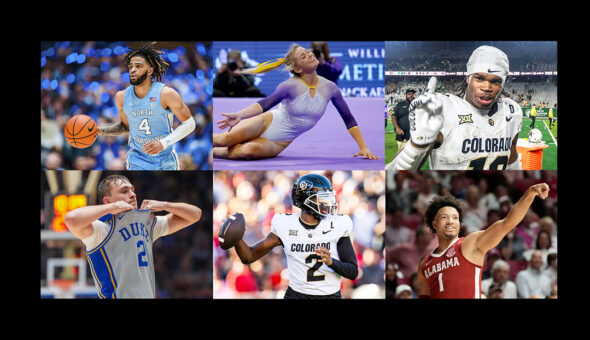TikTok, the short-form video sharing social media network has taken the world by storm over the past year. The platform enables users to share 15 second to one minute long videos in a vast variety of topics ranging from dance to cooking to higher education.
The potential benefits of creating content on TikTok are clear: According to Statista, 25% of all users of TikTok are under the age of 19, making the platform an excellent way for schools to reach their core prospective audience of Gen Z prospective students. It’s also a great way to both leverage the content-creation abilities of digital native student ambassadors while showcasing the creativity and authentic perspectives of current students. Add in the next-to-none cost to create content, and you have a platform ripe for targeting by higher ed marketers.
One university that has found success on the app is Clemson University, which creates engaging content for potential students and has amassed a following of over 35,000 in just over a year since launching its account. We chatted with Daniel Shirley, a member of the social media team over at Clemson’s University Relations department, on his take on TikTok in higher ed marketing.









